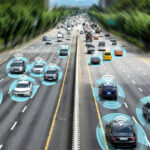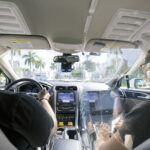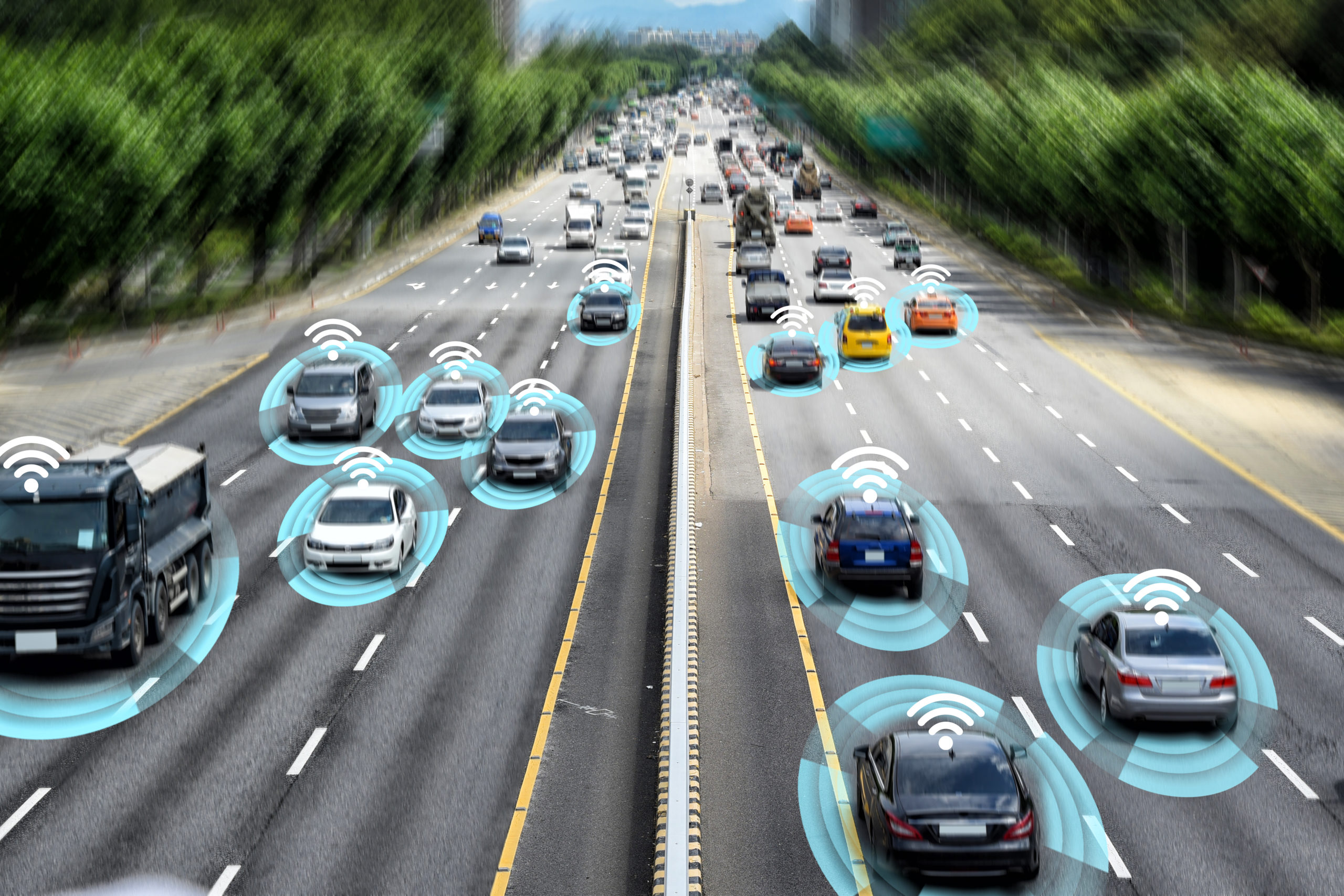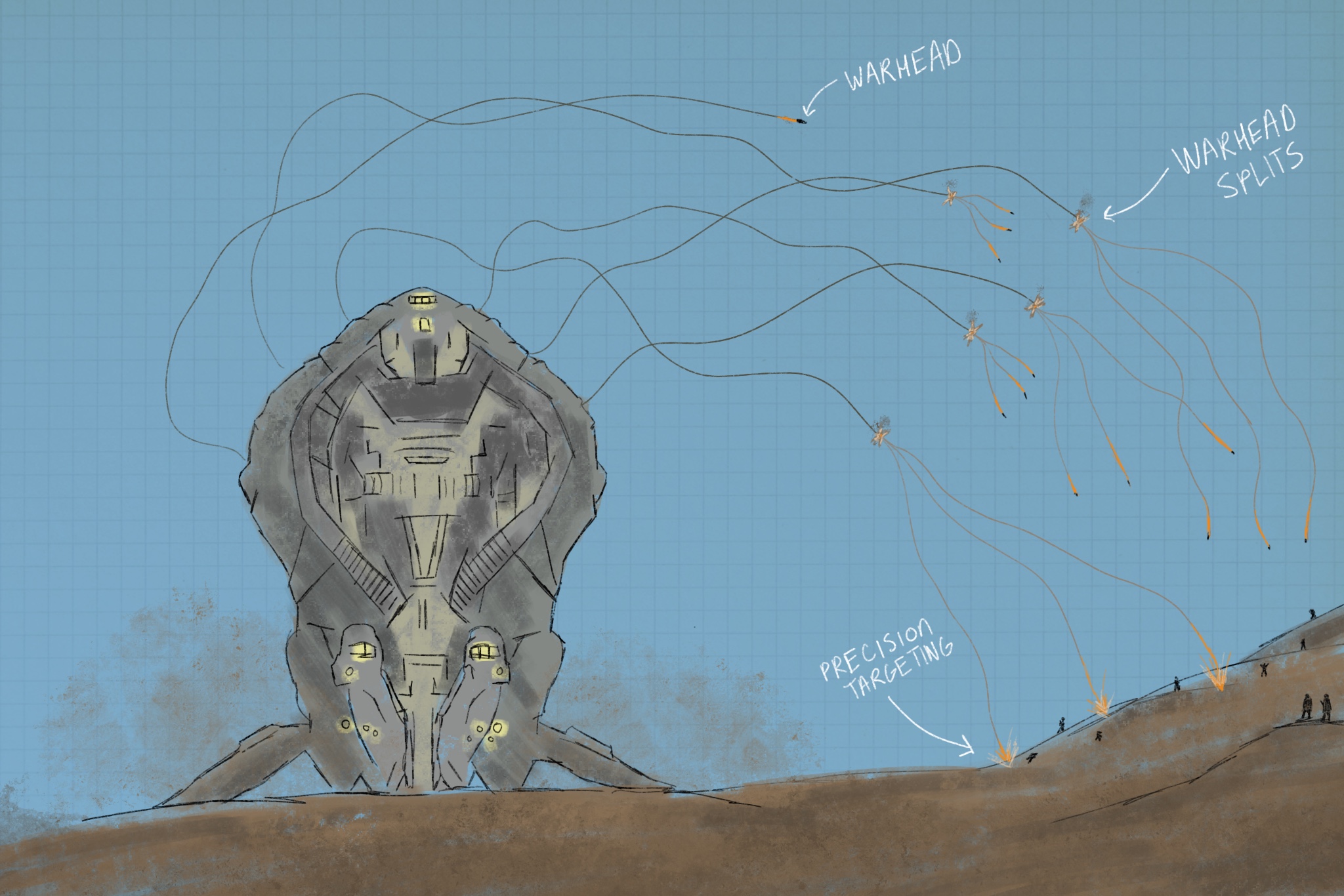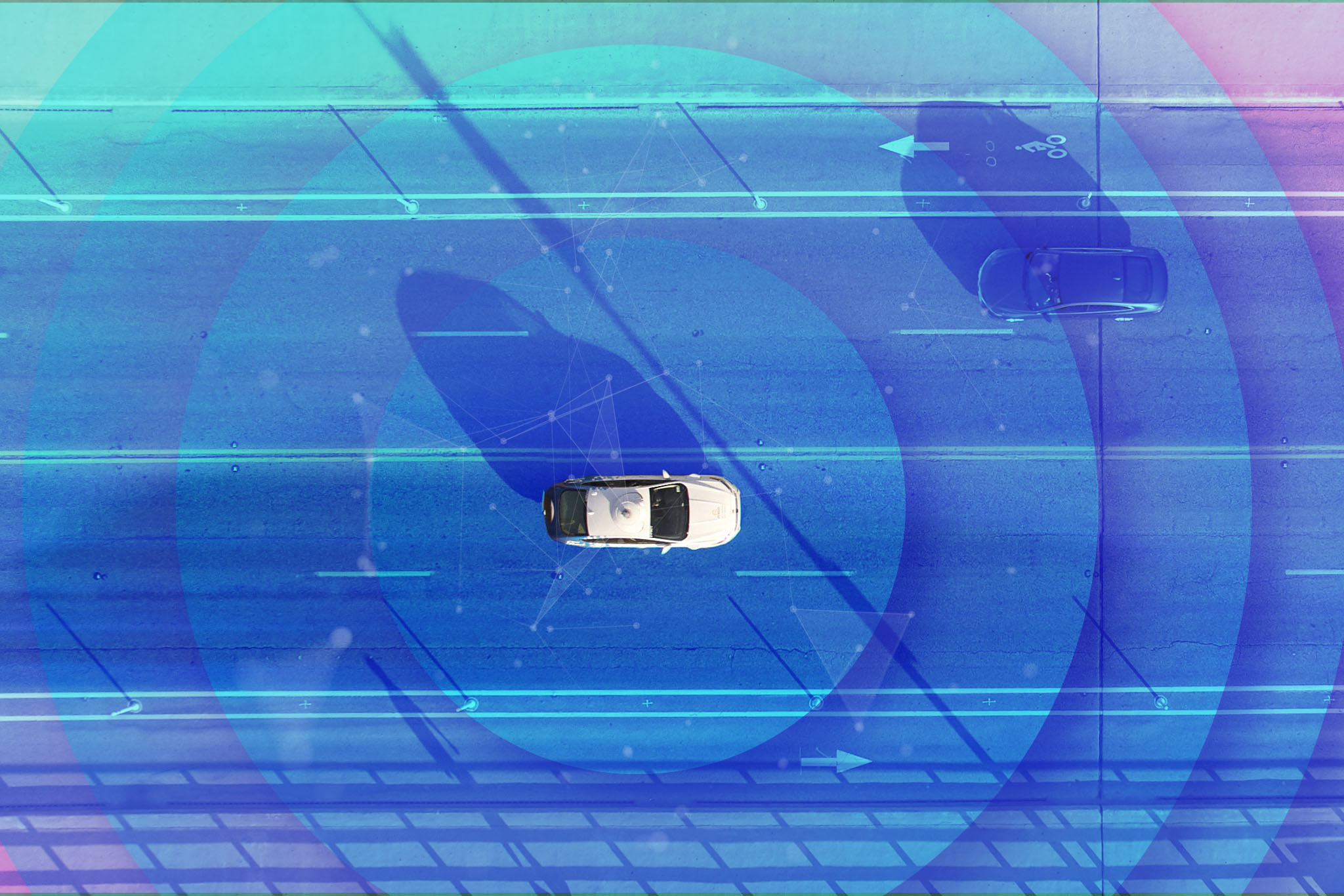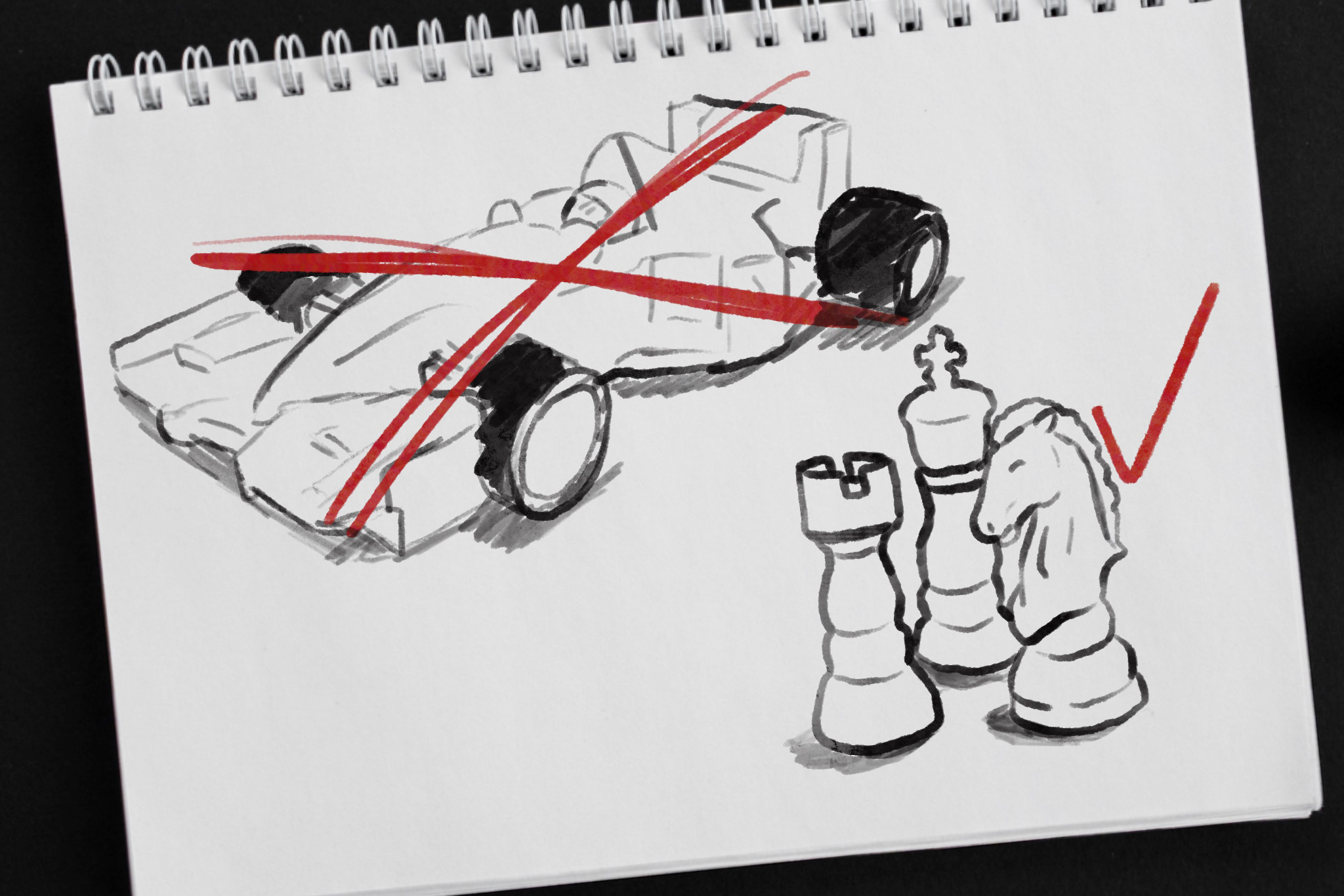Don’t believe the hype. No matter how many driver assistance features you put in a car today, that doesn’t make it self-driving. Why? Because driver assistance and self-driving are two fundamentally different things.
Driver assistance technology still requires you to drive. Potentially less than having no assistance at all, but you still have to focus on driving. Self-driving lets you safely do things like play video games, or take a nap.
For example, Tesla Autopilot, Cadillac Supercruise and Ford Bluecruise are all different forms of driver assistance, but none of them are self-driving because they all have one thing in common: someone has to sit in the driver’s seat and drive, or your car isn’t going anywhere.
But a self-driving car? Just get in, buckle up, and it goes. Just press a button and it goes. That’s the point of self-driving: you don’t have to do anything except decide where to go.
What’s the point of driver assistance technology? To help you drive better. Driver assistance can make driving more convenient and less stressful through features like adaptive cruise control and lane keeping assistance. Some models even offer hands-off driving on highways. But driver assistance won’t let you safely do the fun things a self-driving car can.
Fun things…like watch Youtube, or play Minecraft or Fortnite, or fall asleep. I wouldn’t try any of those while sitting in the driver’s seat of a car with driver assistance, because that’s how a good day will quickly become a bad day.
You can call drivers assistance self-driving, but that doesn’t make it self-driving. For example, Tesla calls one its optional driver assistance packages “Full Self-Driving Capability.” I have it on my car, but I still have to sit in the driver’s seat, look out the windshield, and keep my hands on the wheel. I still have 100% responsibility for what happens, and I have to pay for car insurance.
That will not apply in an actual self-driving car.
Why do so many people confuse driver assistance with actual self-driving cars? I have some theories, but it’s easy to tell the difference between people who understand self-driving, and people who don’t. If someone calls something self-driving that still requires you to sit in the driver’s seat and drive, move on to another conversation, because that makes as much sense as going to a restaurant and being forced to cook your own meal in the kitchen. It doesn’t matter how nice the place is, or how fresh the ingredients are. You’re still doing the cooking.
So I have a fun experiment that makes it really easy for anyone to know if a vehicle is self-driving or not. Just make a list of all the things you can do in the back of a taxi or bus, and ask whether you can safely do those things in whatever vehicle someone is talking about.
That’s it.
I love driving myself. And I love that I can buy a new car with assistance features that may help catch me if I make a mistake. But the key word is may, because if I want to zone out, or play games, or Tweet, or take a nap, the best driver assistance technology in the world isn’t going to safely get me there.
That’s what self-driving vehicles are for, and the sooner everyone understands the difference, the sooner we’ll have access to the best of both worlds: assisted driving or, when we want it, self-driving.
The self-driving option is going to take time to work everywhere we want it to, but it’s going to take even longer if we blame “self-driving” for what happens when driver assistance doesn’t do what some of us think it can. When it comes to language, we’re all part of the solution, or part of the problem. Don’t let anyone tell you driver assistance is self-driving, because it isn’t, and never will be.




